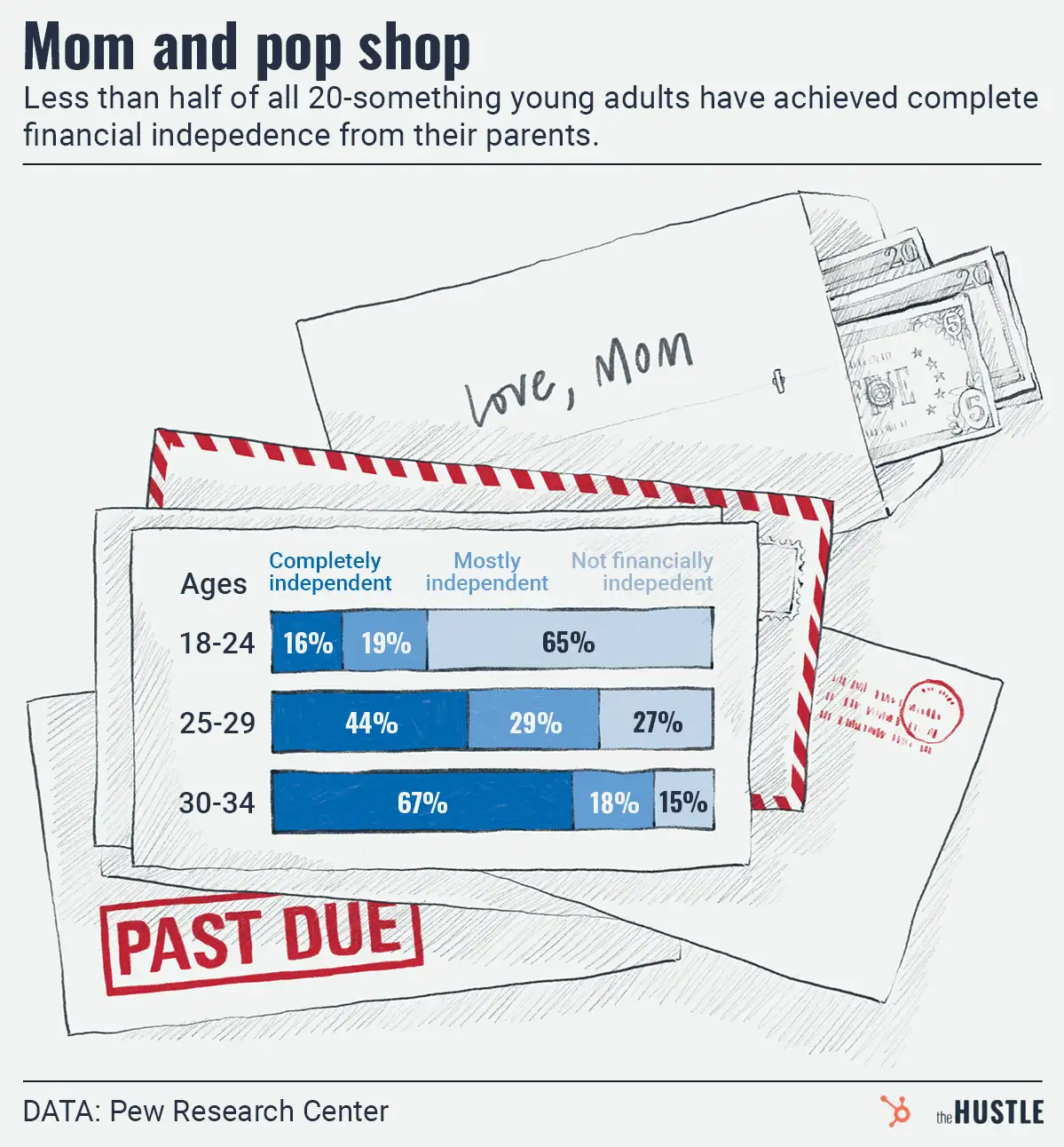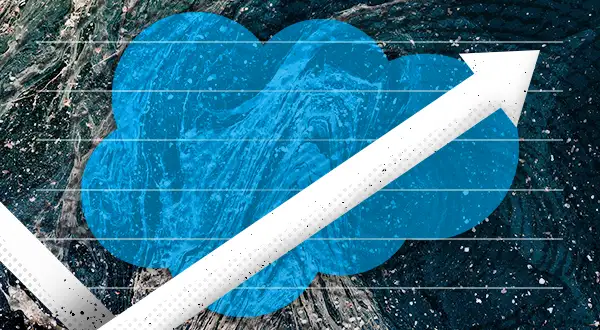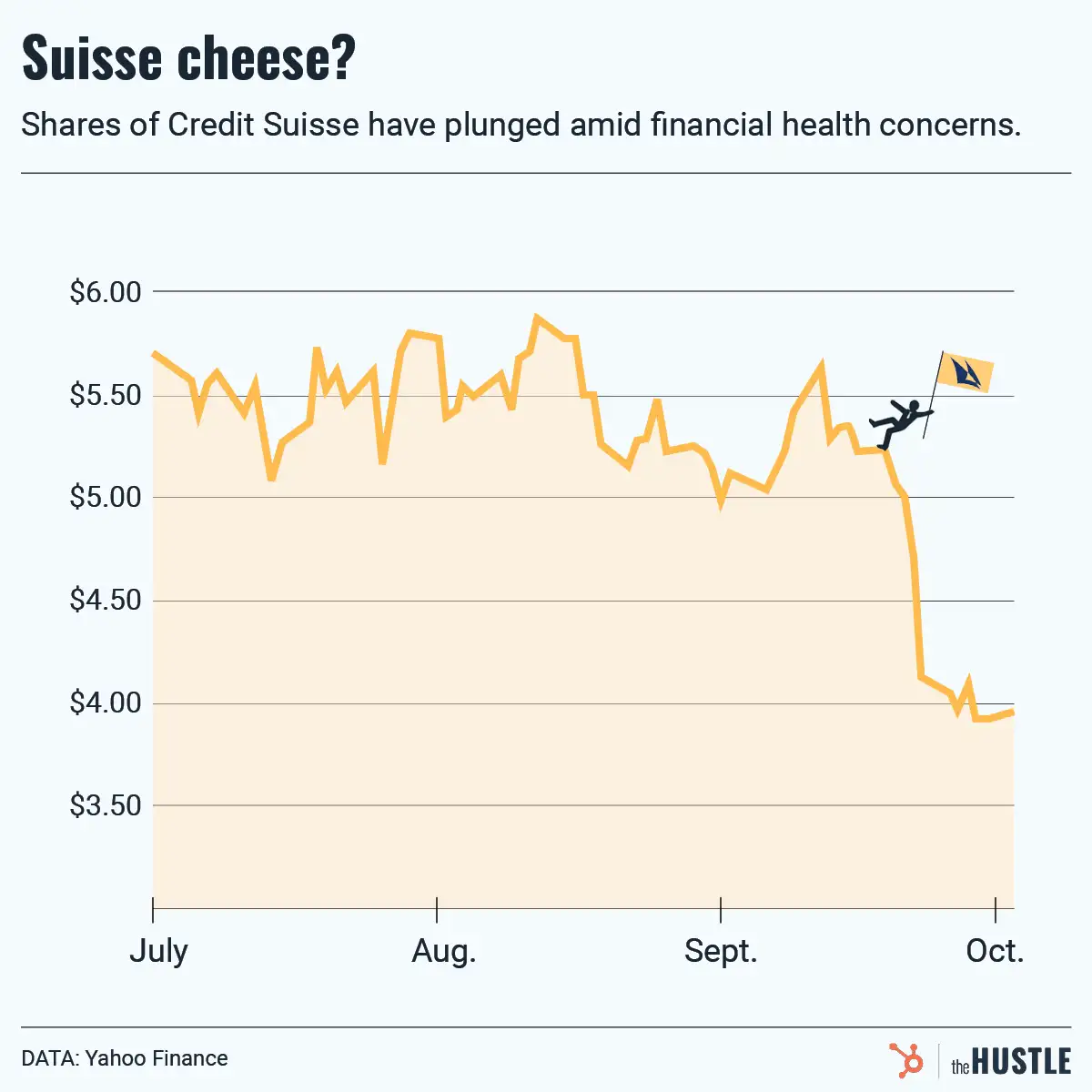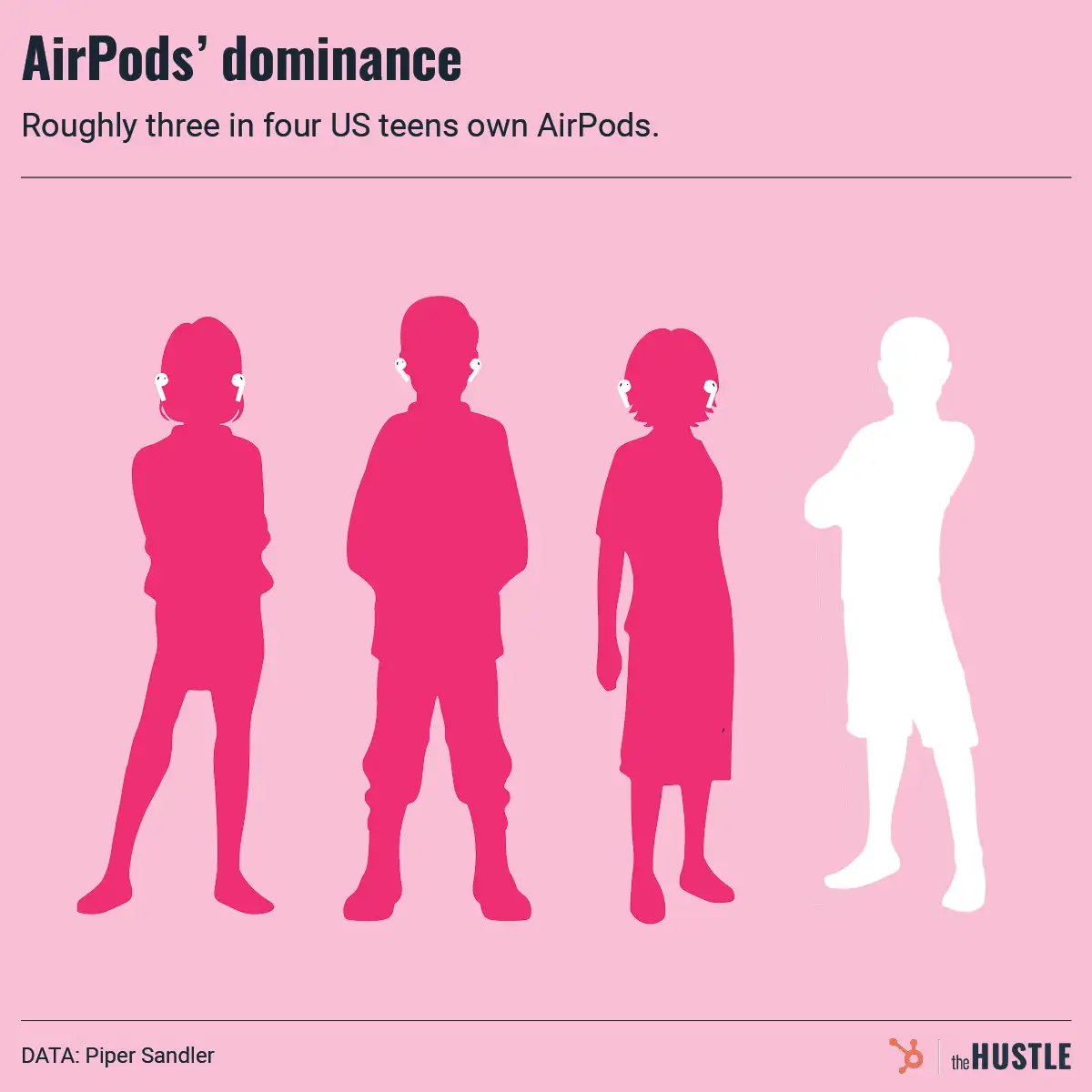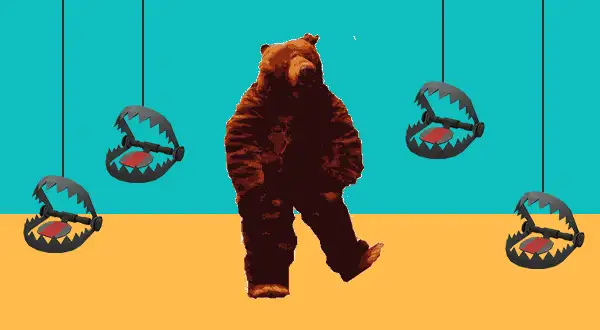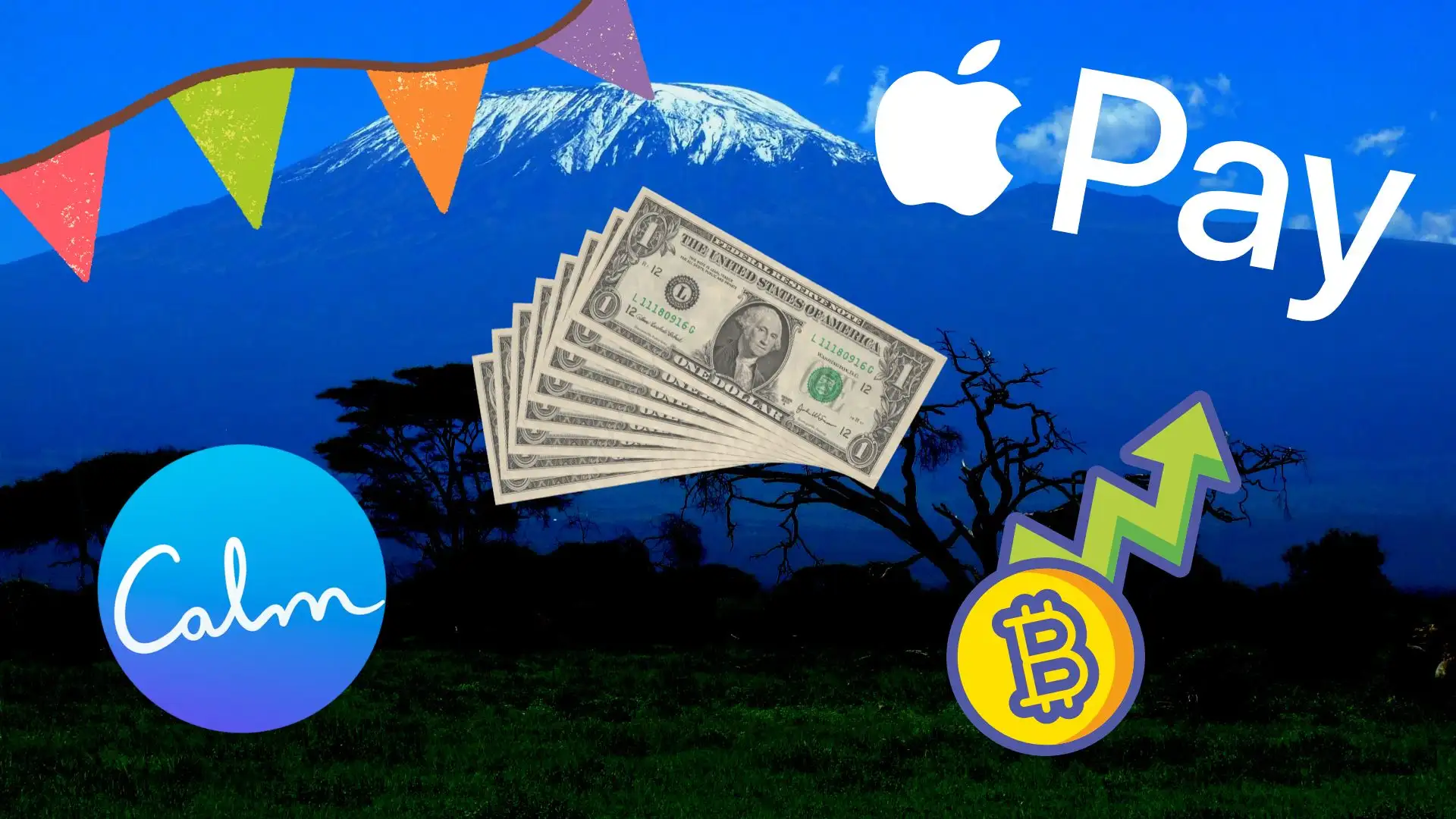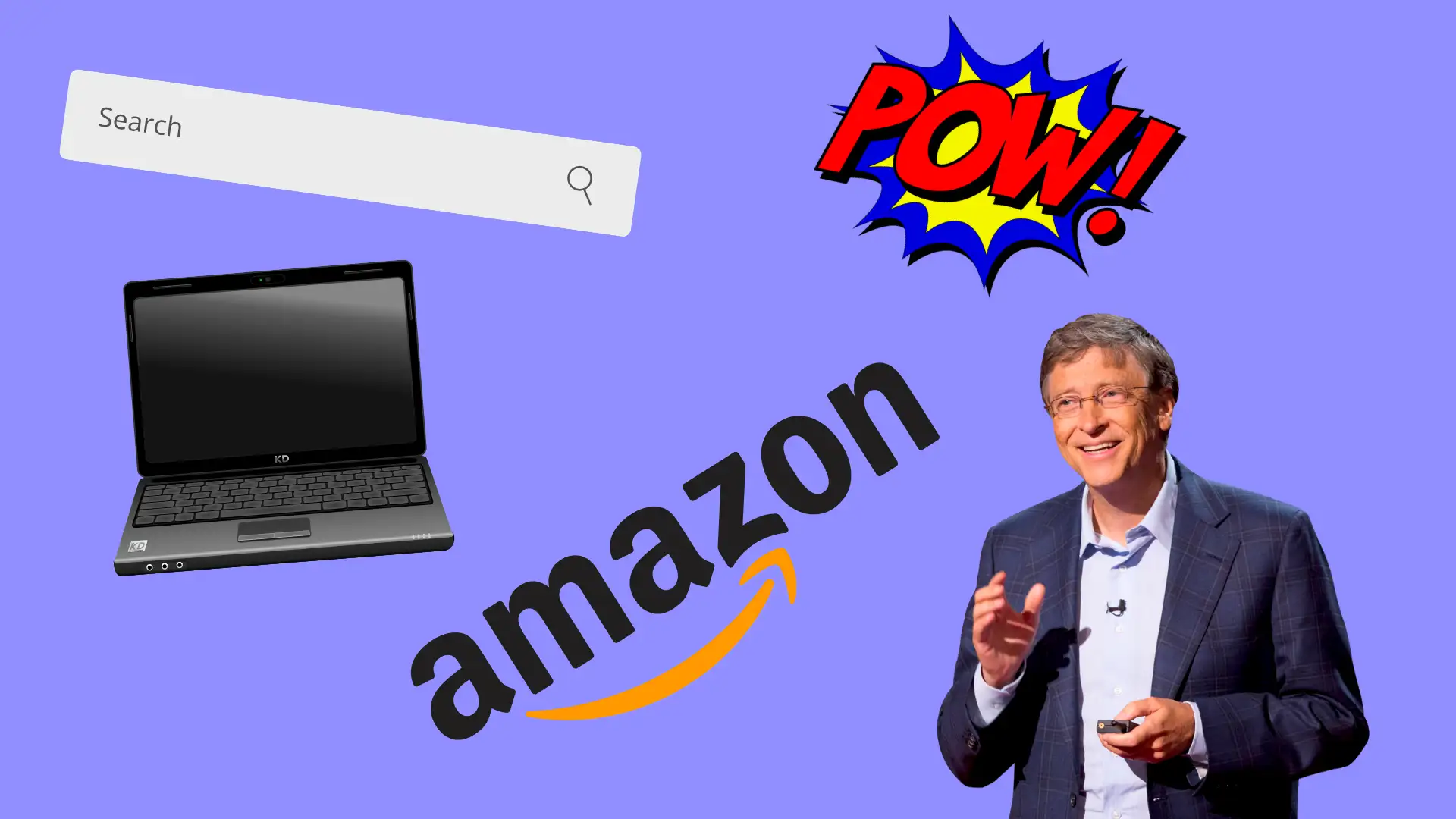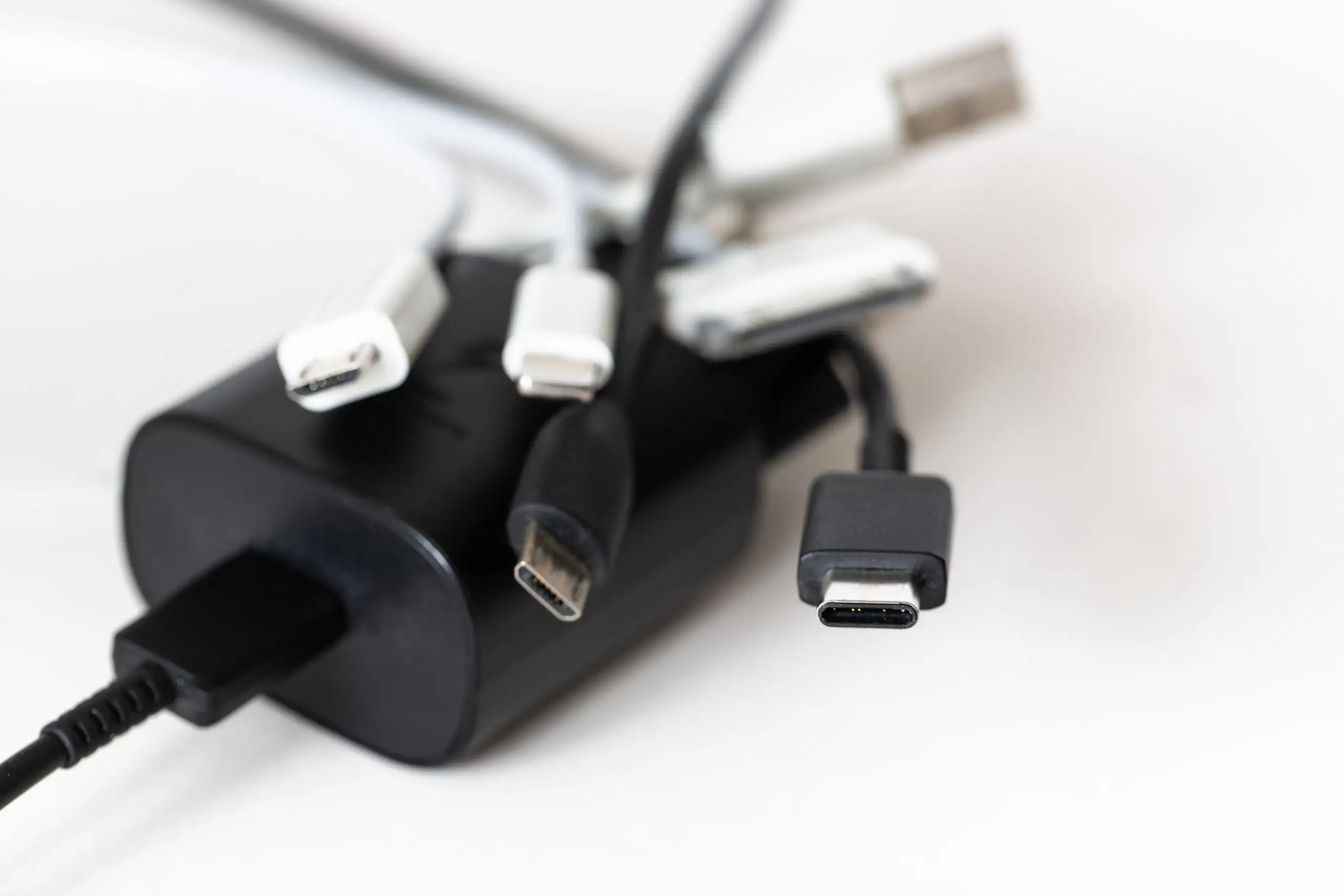Photo: Rafael Henrique/SOPA Images/LightRocket/Getty Images
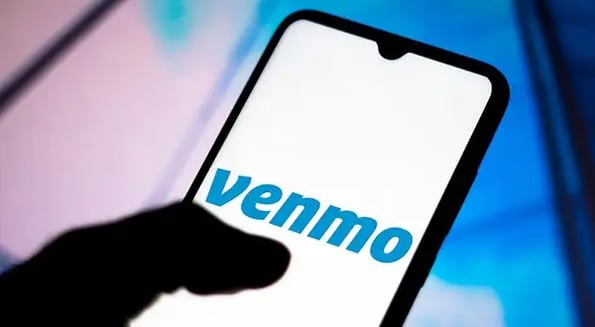
Most of us just use Twitter for doomscrolling stress-free media consumption.
But Detroit millionaire Bill Pulte has a different use for the platform: giving away cash. He calls it “Twitter Philanthropy” and claims to have doled out $800k+ via Cash App to his 3m followers.
Writing for OneZero, Caitlin Dewey says Pulte is part of a larger shift in the charity space that has seen payment apps facilitate direct giving.
The modern philanthropic movement started in the late 1800s
The first philanthropic organizations in the US were set up as a response to “economic panics, the Civil War, and recurring waves of European immigration,” Dewey writes.
This charity system was active through much of the 20th century but has come under scrutiny for wasteful spending and overhead.
In one case, ProPublica found, the American Red Cross raised $500m to rebuild Haiti after its 2010 earthquake — but built just 6 permanent homes.
Meanwhile, smaller nonprofits — largely community-based — are cash- crunched: 92% of the 900k nonprofits that filed IRS returns in 2016 had budgets <$1m. COVID has only shrunk these figures.
Technology is cutting out organizations entirely
Per Dewey, the average young adult household gives $443 to charity vs. $624 two generations ago (inflation-adjusted).
The rise of GoFundMe, Patreon, and Kickstarter has conditioned an entire generation to support direct giving — a much older form of charity.
Apps like Venmo, Cash App and Zelle remove all giving friction and have boomed during the pandemic. According to AppTopia, payment app downloads increased by +94% between March and October.
Dewey notes that while these downloads weren’t specifically for charity purposes, there was enough activity for an official #VenmoItForward campaign at the start of the pandemic.
Meanwhile, giveaways have been in Cash App’s DNA from the very start.
Charities are still rolling in the money, though
As much as $450B in 2019, according to the Giving USA Foundation.
And direct giving certainly comes with its own issues:
- Scams are easier to perpetuate
- Lack of access as 17% of US households don’t have payment apps
- Online literacy is needed for successful crowdfunding
“If traditional nonprofits refuse to engage with direct giving… it will probably develop into a threat,” one charity exec tells Dewey.
For his part, Pulte is as active as ever; in addition to Cash App donations, he delivered 2k+ turkey and dinner meals over Thanksgiving.

